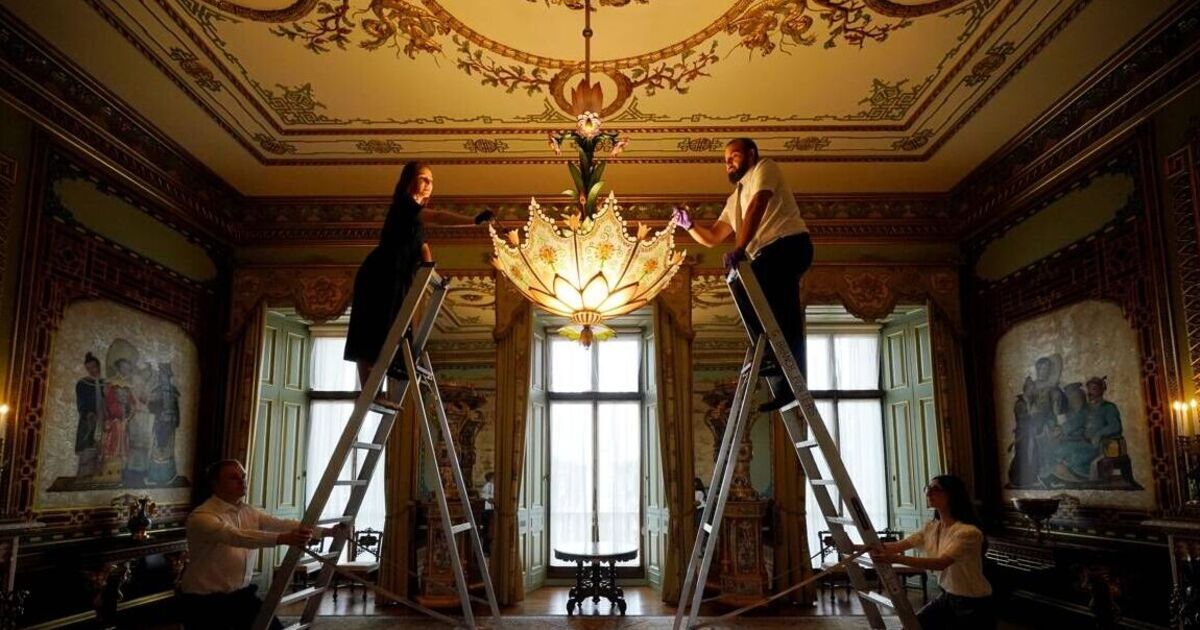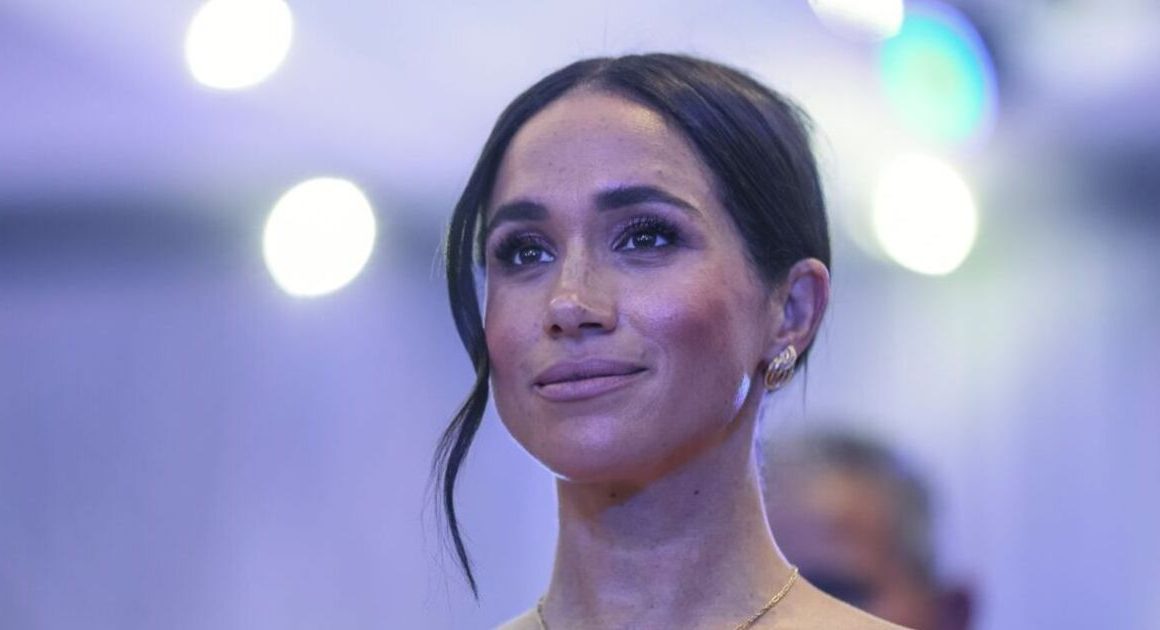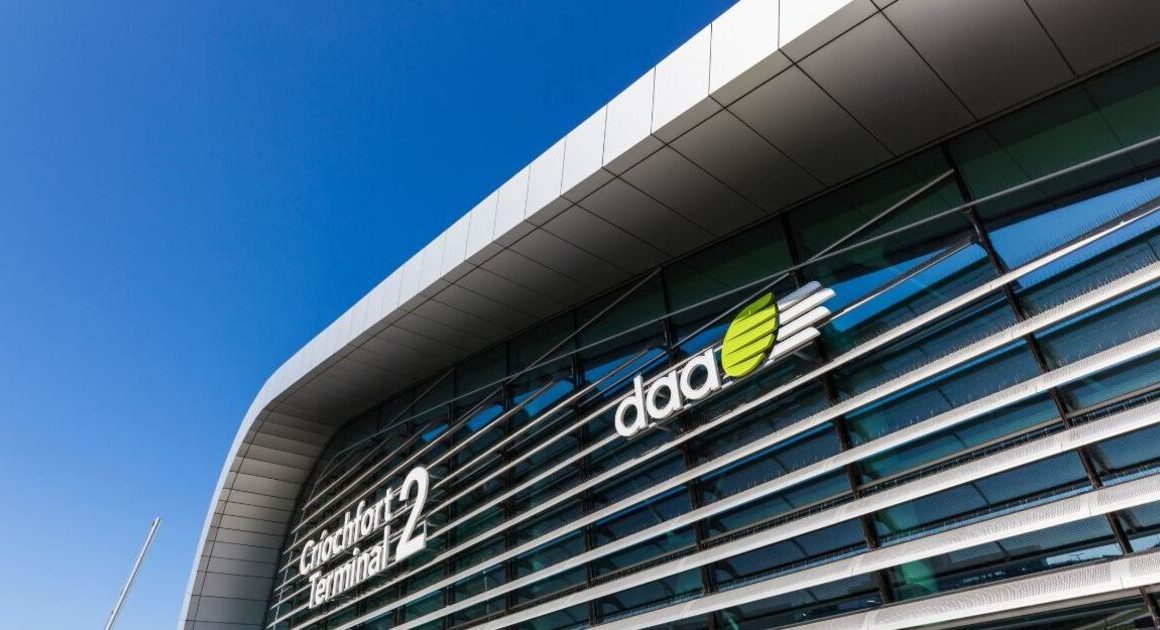The room behind the iconic balcony of Buckingham Palace will be opened to the public next week, offering a peek into George IV’s fascination with oriental art and furniture.
The King played a pivotal role in allowing visitors access to the Royal residence’s east wing for the first time, with nearly 6,000 tickets selling out within hours of their release in April.
Caroline de Guitaut, Surveyor of the King’s Works of Art, revealed: “It was Prince Albert’s idea to have a balcony at Buckingham Palace, because he saw it as a way of enabling the royal family to connect with the people, and of course that’s exactly how, in a sense, it continues to be used on important occasions.”
She further explained: “But it began to be used very early on in Queen Victoria’s reign, from 1851 waving off the troops to the Crimean War and welcoming them back on return.”
Constructed between 1847-49, the palace’s east wing was built to accommodate Queen Victoria’s expanding family, enclosing the former open horse-shoe shaped Royal residence.
To finance the construction, George IV’s lavish oriental-style seaside palace, the Royal pavilion in Brighton, was sold.
Its contents, some of the finest ceramics and furniture in the Royal Collection, were relocated to the east wing, inspiring the Chinese-themed decor of its main rooms.
Brighton’s treasures found their way to Buckingham Palace in 143 artillery cart shipments, with invaluable pieces like 42 fireplaces being incorporated into the fabric of the Royal residence alongside tables, chairs, clocks, and vases.
When taking guided tours through the east wing, inclusive of the state rooms, visitors can take in the sights along the majority of the 240ft-long main corridor which features the Yellow Drawing Room and Centrepiece Room behind the balcony.
Decor accentuating Asian aesthetics, a legacy from George’s beachside retreat, brighten up the Yellow Drawing Room with an ornate fireplace, luxuriously gilded curtain rail, and Pavilion wallpaper, latterly found stored away by Queen Mary and mounted at her directive.
Victoria and her consort strategically decorated the corridor with side tables, large pagodas, intricately designed chairs and Chinese china, including a uniquely shaped incense burner resembling Buddha.
In praise of the space spanning the entire length of the east wing, the Surveyor of the King’s Works of Art remarks: “Really it’s essentially a blank canvas, and I think that’s probably what really appealed to Queen Victoria and Prince Albert.”
“Allowing them really to put their stamp on the furnishing and to incorporate, somewhat surprisingly I think for many people, these works that speak very loudly of George IV’s more exuberant and exotic tastes.”
The centrepiece of the room is a beautifully restored glass chandelier, designed to mimic a lotus flower, accompanied by two 18th-century Chinese imperial silk wall hangings. These were gifted to Queen Victoria by Emperor Guangxu of China in honour of her Diamond Jubilee in 1897.
While the public won’t be permitted to step onto the balcony, they will be treated to stunning views down The Mall.
Those who purchase a standard ticket for the palace’s state rooms will have the opportunity to explore the 19 rooms utilised by the Royal family for official functions. In the ballroom, visitors can admire a striking new portrait of the King, painted by renowned artist Jonathan Yeo, set against a vibrant red backdrop.












